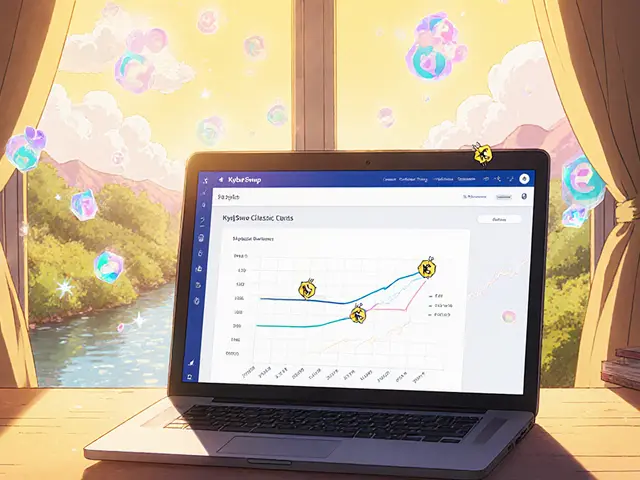Zero Gas Fee Crypto: How to Trade Without Paying Network Fees
When you send crypto, you usually pay a gas fee—sometimes dollars, sometimes tens of dollars—to get your transaction confirmed. But what if you could trade, swap, or stake without paying anything at all? That’s the promise of zero gas fee crypto, blockchains or layers designed to eliminate or drastically reduce transaction costs for users. Also known as feeless blockchain networks, these systems use clever architecture to bypass the expensive congestion that plagues Ethereum and other major chains.
How does it work? Most zero gas fee solutions aren’t magic—they’re Layer 2 solutions, networks built on top of existing blockchains that handle transactions off-chain and settle them in batches. Think of them like express lanes for crypto. Projects like Arbitrum Nova, Optimism, and zkSync use this approach to slash fees to pennies—or sometimes zero. Others, like Polygon’s zkEVM or the TON blockchain, were built from the ground up to be cheap and fast. You don’t need to be a developer to use them. Just switch your wallet to the right network, and boom: your swap costs less than a coffee.
But not all zero gas fee chains are created equal. Some have thin liquidity, meaning you can’t trade big amounts without slippage. Others are experimental, with little security audit history. That’s why you’ll find guides here on Sushiswap on Arbitrum Nova, a DEX with near-zero fees but minimal trading volume, and deep dives into KyberSwap Classic on Optimism, a more established exchange with better liquidity and proven security. You’ll also see reviews of platforms that claim to be feeless but hide risks behind flashy marketing. The goal isn’t just to find free transactions—it’s to find safe, reliable ones.
Zero gas fee crypto isn’t just about saving money. It’s about access. In countries where bank fees are high or internet costs matter, even a $0.50 transaction can be a barrier. That’s why chains like TON and Solana’s newer layers are gaining traction beyond crypto traders—they’re being used for payments, micropayments, and even social tokens. The real winners aren’t the ones who chase hype. They’re the ones who understand which networks deliver real value, not just zero fees.
Below, you’ll find real reviews, deep dives, and warnings about the platforms that promise free crypto transactions. Some are legit. Some are traps. We’ll show you how to tell the difference.
1
What is Bitgert (BRISE) crypto coin? Full breakdown of the blockchain, tokenomics, and real-world performance
Bitgert (BRISE) promises zero gas fees and ultra-fast transactions, but real-world performance falls short. Learn what it is, how it works, and whether it's worth your money.
Latest Posts
Popular Posts
-
 What is LUXO (LUXO) crypto coin? The truth about the luxury authentication token
What is LUXO (LUXO) crypto coin? The truth about the luxury authentication token
-
 What Is Collateralization in DeFi? A Clear Guide to How It Works and Why It Matters
What Is Collateralization in DeFi? A Clear Guide to How It Works and Why It Matters
-
 Xena Exchange Crypto Exchange Review: Professional Tools vs. Regulatory Risks
Xena Exchange Crypto Exchange Review: Professional Tools vs. Regulatory Risks
-
 What is Privix New (PRIVIX) Crypto Coin? Facts, Price, and Risks in 2025
What is Privix New (PRIVIX) Crypto Coin? Facts, Price, and Risks in 2025
-
 What is Bitgert (BRISE) crypto coin? Full breakdown of the blockchain, tokenomics, and real-world performance
What is Bitgert (BRISE) crypto coin? Full breakdown of the blockchain, tokenomics, and real-world performance
Tags
- crypto exchange
- cryptocurrency
- crypto exchange review
- meme cryptocurrency
- blockchain
- cryptocurrency compliance
- Binance Smart Chain
- CoinMarketCap airdrop
- underground crypto Nepal
- crypto airdrop guide
- crypto staking
- Bitcoin mining Iran
- airdrop
- Ethereum staking
- GENIUS Act
- liquid staking
- cryptocurrency exchange security
- crypto
- crypto airdrop
- crypto regulations



